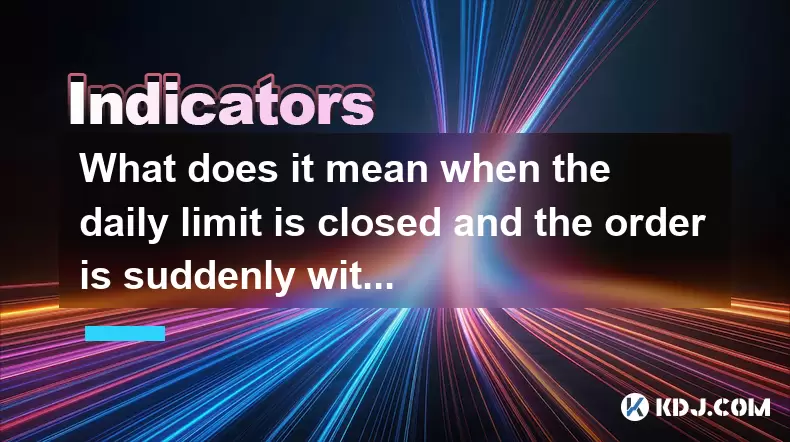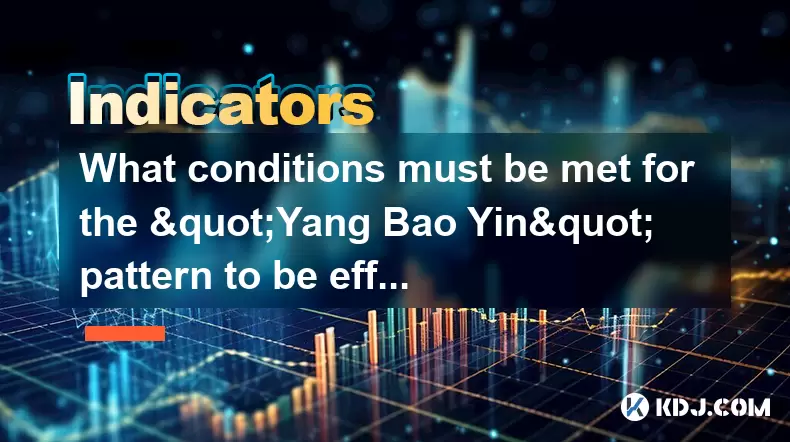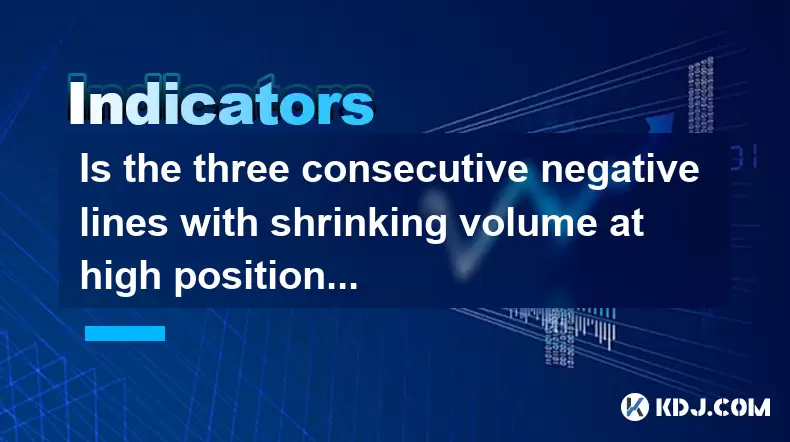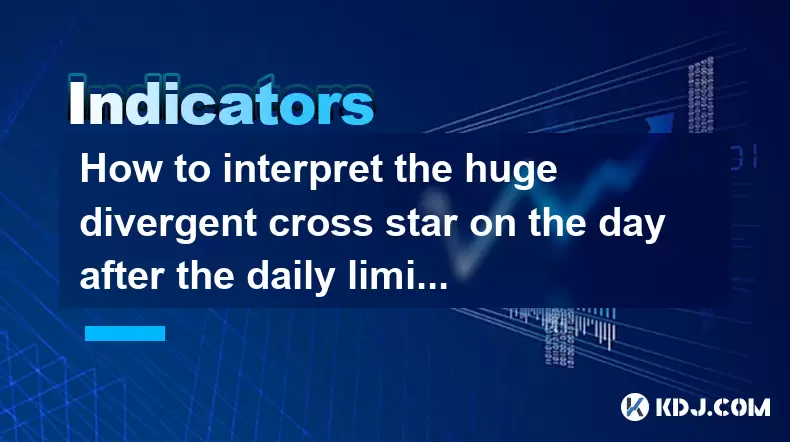-
 Bitcoin
Bitcoin $105,053.8967
0.28% -
 Ethereum
Ethereum $2,536.9103
0.49% -
 Tether USDt
Tether USDt $1.0004
0.01% -
 XRP
XRP $2.1735
1.51% -
 BNB
BNB $650.9659
-0.36% -
 Solana
Solana $146.0013
1.03% -
 USDC
USDC $1.0000
0.01% -
 Dogecoin
Dogecoin $0.1776
1.66% -
 TRON
TRON $0.2700
-1.20% -
 Cardano
Cardano $0.6367
0.08% -
 Hyperliquid
Hyperliquid $41.5154
4.36% -
 Sui
Sui $3.0303
1.00% -
 Bitcoin Cash
Bitcoin Cash $436.0395
5.03% -
 Chainlink
Chainlink $13.1926
-0.32% -
 UNUS SED LEO
UNUS SED LEO $9.0306
-0.41% -
 Stellar
Stellar $0.2595
0.37% -
 Avalanche
Avalanche $19.1528
0.37% -
 Toncoin
Toncoin $3.0008
1.46% -
 Shiba Inu
Shiba Inu $0.0...01218
4.24% -
 Hedera
Hedera $0.1597
4.06% -
 Litecoin
Litecoin $86.1907
2.88% -
 Polkadot
Polkadot $3.8078
-0.27% -
 Ethena USDe
Ethena USDe $1.0005
0.02% -
 Monero
Monero $315.3789
0.26% -
 Dai
Dai $0.9999
0.01% -
 Bitget Token
Bitget Token $4.5446
0.46% -
 Pepe
Pepe $0.0...01114
4.48% -
 Uniswap
Uniswap $7.3261
1.15% -
 Pi
Pi $0.5867
5.21% -
 Aave
Aave $276.8268
-2.40%
What does it mean when the daily limit is closed and the order is suddenly withdrawn? Be alert to this dangerous signal!
Daily limit closures in crypto trading halt extreme price swings, but sudden order withdrawals during these events can signal volatility risks and execution uncertainties for traders.
Jun 12, 2025 at 10:14 am

Understanding the Concept of Daily Limit Closure in Cryptocurrency Trading
In cryptocurrency trading, daily limit closure refers to a situation where the price of a digital asset hits either the maximum allowable upward or downward movement within a single trading day. This mechanism is often implemented by exchanges to prevent excessive volatility and protect traders from extreme price swings. When such a limit is reached, trading for that particular asset may be temporarily halted or restricted until the next trading session.
This phenomenon is more common than many traders realize, especially during periods of high market sentiment or news-driven events. It can occur on both centralized and decentralized exchanges, though the rules governing daily limits vary across platforms. Understanding how daily limit closures work is crucial for managing risks effectively.
Daily limit closure acts as a circuit breaker to prevent panic selling or buying, stabilizing short-term price action.
The Sudden Withdrawal of Orders: What Triggers It?
Sometimes, after a daily limit is triggered, traders notice their pending orders being suddenly withdrawn without execution. This can happen due to several technical and procedural reasons:
- Some exchanges automatically cancel unfilled orders when a daily limit is hit to reset the order book cleanly for the next session.
- In certain cases, liquidity dries up so quickly that the system cannot match buy or sell orders at the desired price levels.
- Market makers might pull their orders to avoid unfavorable conditions once the price reaches a critical threshold.
Such behavior is not always malicious but is part of the risk management strategy employed by exchanges and automated systems. However, this sudden withdrawal can confuse retail traders who expect their orders to remain active.
Sudden order withdrawal during daily limit closure often reflects automated risk control protocols rather than manual manipulation.
Why This Is a Dangerous Signal for Traders
When an asset hits its daily limit and orders are abruptly canceled, it sends a strong signal about the underlying market dynamics. For one, it suggests that there is a significant imbalance between buyers and sellers, which could indicate a potential trend reversal or continuation.
Moreover, if you're holding a leveraged position and your stop-loss or take-profit orders get canceled without execution, you may face unexpected losses. This is particularly risky for margin traders who rely heavily on automated order execution to manage exposure.
Additionally, such scenarios can create artificial scarcity or abundance of an asset on the order book, leading to misleading depth charts and distorted price discovery mechanisms.
Traders should view sudden order cancellation amid daily limit closure as a red flag for increased volatility and execution uncertainty.
How to Protect Yourself From Unexpected Order Cancellation
To safeguard your trading positions and ensure better execution during volatile conditions, consider the following steps:
- Use post-only orders where available, which prevent your order from being executed immediately and reduce the chance of automatic cancellation.
- Monitor exchange-specific rules regarding daily limits and order handling policies before placing trades.
- Set alerts via third-party tools or native exchange notifications to stay informed about price movements and upcoming halts.
- Avoid aggressive leverage when trading assets with known volatility issues or frequent limit closures.
- Utilize conditional orders like OCO (One Cancels the Other) to automate responses in case of sudden price shifts.
These protective measures help mitigate the impact of sudden market disruptions and improve your chances of maintaining control over your open positions.
Real-World Examples of Daily Limit Closures and Order Withdrawals
Several notable cryptocurrencies have experienced daily limit closures followed by widespread order cancellations:
- In early 2021, a major altcoin faced a rapid surge due to social media hype, triggering a daily limit. As a result, thousands of buy orders were canceled, leaving traders unable to enter new positions.
- During a regulatory crackdown in Asia, a top-tier stablecoin briefly lost its peg, causing panic selling. Exchanges activated daily limit mechanisms, and many stop-loss orders failed to execute properly.
- On a decentralized exchange, a flash crash led to instantaneous price spikes, hitting upper limits and resulting in mass liquidations and order removals.
These incidents highlight how even seasoned traders can be caught off guard by sudden market moves and the importance of understanding platform-specific behaviors.
Historical examples demonstrate that daily limit closures combined with order withdrawals can lead to real financial losses if not anticipated.
Frequently Asked Questions
Can I appeal to the exchange if my order was canceled due to a daily limit closure?
Most exchanges do not allow appeals for canceled orders triggered by daily limit mechanisms, as these actions are governed by pre-set risk control policies agreed upon during account registration.
Is daily limit closure considered market manipulation?
Not necessarily. While it can be used strategically by large players, daily limit closure is primarily a protective measure designed to stabilize trading environments during extreme volatility.
Do all exchanges implement daily limit closures?
No. Not every exchange uses daily limits. Many Western-based crypto exchanges operate without such restrictions, relying instead on other volatility controls like circuit breakers or dynamic margin adjustments.
How can I check if an asset has daily limits on a specific exchange?
You can usually find information about daily limits in the exchange’s official documentation, trading rules section, or under the "Fees & Limits" tab for each trading pair.
Disclaimer:info@kdj.com
The information provided is not trading advice. kdj.com does not assume any responsibility for any investments made based on the information provided in this article. Cryptocurrencies are highly volatile and it is highly recommended that you invest with caution after thorough research!
If you believe that the content used on this website infringes your copyright, please contact us immediately (info@kdj.com) and we will delete it promptly.
- Rexas Finance (RXS), Sui (SUI), Shiba Inu (SHIB), and Hedera (HBAR): 4 Cryptos to Watch in 2024
- 2025-06-14 21:50:12
- As Over $90 Billion in TVL Remains Untapped, a New Generation of Crypto Companies Emerges
- 2025-06-14 21:50:12
- Mutuum Finance (MUTM) Pre-Sale Raises $7.3M Awaiting 20% Cost Increase to $0.03
- 2025-06-14 21:45:12
- USD/CAD Depreciates as US Dollar Remains Subdued
- 2025-06-14 21:45:12
- Tariff Tensions Reinforce JPY Safe-Haven Appeal
- 2025-06-14 21:40:13
- President Trump's upcoming 100-day speech has attracted great attention in the cryptocurrency field.
- 2025-06-14 21:40:13
Related knowledge

How to calculate the probability of trend continuation after the MACD column divergence?
Jun 14,2025 at 08:01am
Understanding MACD Column DivergenceThe Moving Average Convergence Divergence (MACD) is a widely used technical indicator in cryptocurrency trading. The MACD column, also known as the histogram, represents the difference between the MACD line and the signal line. When price makes a new high or low but the MACD histogram does not confirm this movement, a...

What are the volume requirements for adjusting the K line in the "rising three methods" pattern?
Jun 14,2025 at 07:50am
Understanding the 'Rising Three Methods' Pattern in Cryptocurrency TradingThe 'rising three methods' pattern is a bullish continuation candlestick formation that traders often use to identify potential upward momentum in cryptocurrency price charts. This pattern typically appears during an uptrend and suggests that the trend is likely to continue after ...

What conditions must be met for the "Yang Bao Yin" pattern to be effective?
Jun 14,2025 at 06:42am
Understanding the 'Yang Bao Yin' Pattern in Cryptocurrency TradingThe Yang Bao Yin pattern is a candlestick formation commonly observed in technical analysis within the cryptocurrency market. This pattern typically signals a potential bullish reversal after a downtrend. However, for this pattern to be effective and reliable, certain conditions must be m...

Is the three consecutive negative lines with shrinking volume at high positions a signal that the main force has finished shipping?
Jun 14,2025 at 09:56am
Understanding the Concept of Three Consecutive Negative LinesIn cryptocurrency trading, three consecutive negative lines refer to a situation where an asset's price chart shows three successive candlesticks with closing prices lower than their opening prices. This pattern typically indicates bearish sentiment in the market. When this occurs at high posi...

Is it an opportunity for the long positive line with large volume to break through the platform and then shrink back?
Jun 14,2025 at 04:42am
Understanding the Long Positive Line with Large VolumeIn technical analysis, a long positive line refers to a candlestick pattern where the closing price is significantly higher than the opening price, often indicating strong buying pressure. When this occurs alongside large volume, it suggests that market participants are actively involved in pushing t...

How to interpret the huge divergent cross star on the day after the daily limit?
Jun 14,2025 at 02:35pm
Understanding the Divergent Cross Star PatternIn the realm of technical analysis within cryptocurrency trading, candlestick patterns are essential tools for predicting price movements. One such pattern is the divergent cross star, which appears as a doji or near-doji candle following a significant price move. When this pattern occurs the day after a dai...

How to calculate the probability of trend continuation after the MACD column divergence?
Jun 14,2025 at 08:01am
Understanding MACD Column DivergenceThe Moving Average Convergence Divergence (MACD) is a widely used technical indicator in cryptocurrency trading. The MACD column, also known as the histogram, represents the difference between the MACD line and the signal line. When price makes a new high or low but the MACD histogram does not confirm this movement, a...

What are the volume requirements for adjusting the K line in the "rising three methods" pattern?
Jun 14,2025 at 07:50am
Understanding the 'Rising Three Methods' Pattern in Cryptocurrency TradingThe 'rising three methods' pattern is a bullish continuation candlestick formation that traders often use to identify potential upward momentum in cryptocurrency price charts. This pattern typically appears during an uptrend and suggests that the trend is likely to continue after ...

What conditions must be met for the "Yang Bao Yin" pattern to be effective?
Jun 14,2025 at 06:42am
Understanding the 'Yang Bao Yin' Pattern in Cryptocurrency TradingThe Yang Bao Yin pattern is a candlestick formation commonly observed in technical analysis within the cryptocurrency market. This pattern typically signals a potential bullish reversal after a downtrend. However, for this pattern to be effective and reliable, certain conditions must be m...

Is the three consecutive negative lines with shrinking volume at high positions a signal that the main force has finished shipping?
Jun 14,2025 at 09:56am
Understanding the Concept of Three Consecutive Negative LinesIn cryptocurrency trading, three consecutive negative lines refer to a situation where an asset's price chart shows three successive candlesticks with closing prices lower than their opening prices. This pattern typically indicates bearish sentiment in the market. When this occurs at high posi...

Is it an opportunity for the long positive line with large volume to break through the platform and then shrink back?
Jun 14,2025 at 04:42am
Understanding the Long Positive Line with Large VolumeIn technical analysis, a long positive line refers to a candlestick pattern where the closing price is significantly higher than the opening price, often indicating strong buying pressure. When this occurs alongside large volume, it suggests that market participants are actively involved in pushing t...

How to interpret the huge divergent cross star on the day after the daily limit?
Jun 14,2025 at 02:35pm
Understanding the Divergent Cross Star PatternIn the realm of technical analysis within cryptocurrency trading, candlestick patterns are essential tools for predicting price movements. One such pattern is the divergent cross star, which appears as a doji or near-doji candle following a significant price move. When this pattern occurs the day after a dai...
See all articles

























































































